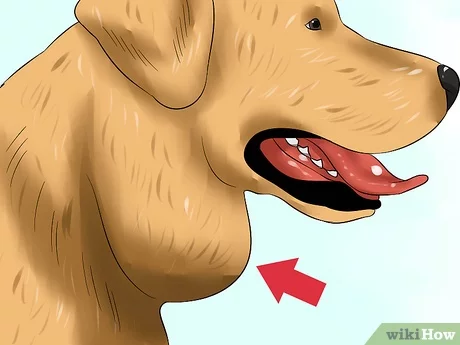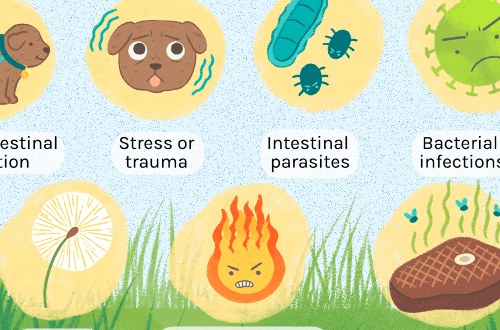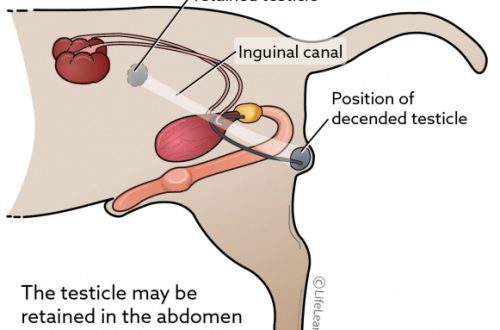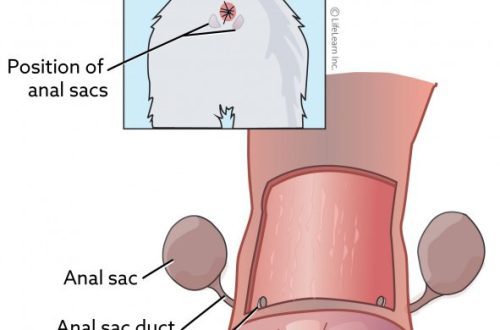
Infectious hepatitis in dogs
Ways of infection
You can become infected as a result of direct contact with a sick animal, with urine, feces, saliva of infected dogs. The virus can be carried on the shoes or hands of people who care for sick animals. Dogs that have been ill with infectious hepatitis can excrete the virus in the urine for more than six months.
Canine adenovirus type I is quite stable in the environment and can survive outside the host for several weeks. Chlorine is the best solution for disinfection.
Symptoms
After entering the dog’s body, the virus multiplies, accumulates in the tonsils and then spreads through the lymphatic and circulatory systems throughout the body. The cells of the vessels, liver, kidneys and cornea of the eye are most sensitive to the effects of the virus. The incubation period is 4-6 days.
Symptoms can vary greatly in severity. The very first symptom is an increase in body temperature; in some cases, due to the rapidity of the course of the disease, death occurs already in the first day after the onset of symptoms of the disease.
The chance of death is 10-30% and is usually higher in young dogs. Co-occurrence with other infections, such as plague or parvovirus enteritis, greatly worsens the prognosis.
Other typical signs of infectious hepatitis:
lethargy;
Lack of appetite;
Great thirst;
Conjunctivitis;
Clear discharge from the nose and eyes;
Abdominal pain;
Vomiting.
Yellowness of the skin and petechial hemorrhages on the skin and mucous membranes may also be observed. As a result of inflammation of the cornea and uveal tract, there may be clouding or bluing of the cornea (blue eye syndrome), this symptom usually occurs several weeks after the disappearance of the main symptoms. Damage to the nervous system (paresis, impaired coordination of movements, convulsions) are extremely rare and are usually associated with hemorrhages in various parts of the brain. In vaccinated dogs, the disease is milder, usually as a respiratory infection.
Diagnostics
It is impossible to make an accurate diagnosis only on clinical grounds, therefore, rapid tests are widely used to diagnose this disease, which allow the identification of the pathogen antigen in discharge from the nose, eyes, or in blood serum. To determine the severity of the disease, general and biochemical blood tests, a urinalysis, a blood coagulation test are necessary, which allows you to assess the level of damage to the kidneys, liver and hematopoietic system.
Treatment
There is no specific treatment, so the main focus is on symptomatic and supportive therapy, good care and nutrition.
Maintenance (infusion) therapy is the intravenous administration of fluids and nutrient solutions through a special catheter. In some cases, it is necessary to place the pet in a hospital – it all depends on the severity of the disease and the general condition of the patient. Timely seeking professional help always increases the chances of recovery.
Prevention
Since it is impossible to avoid exposure to the infectious hepatitis virus, the best method of protection today is preventive vaccination. The vaccine against infectious hepatitis is included in most complex vaccines and is basic, that is, recommended for use in all dogs from 9 weeks of age.





